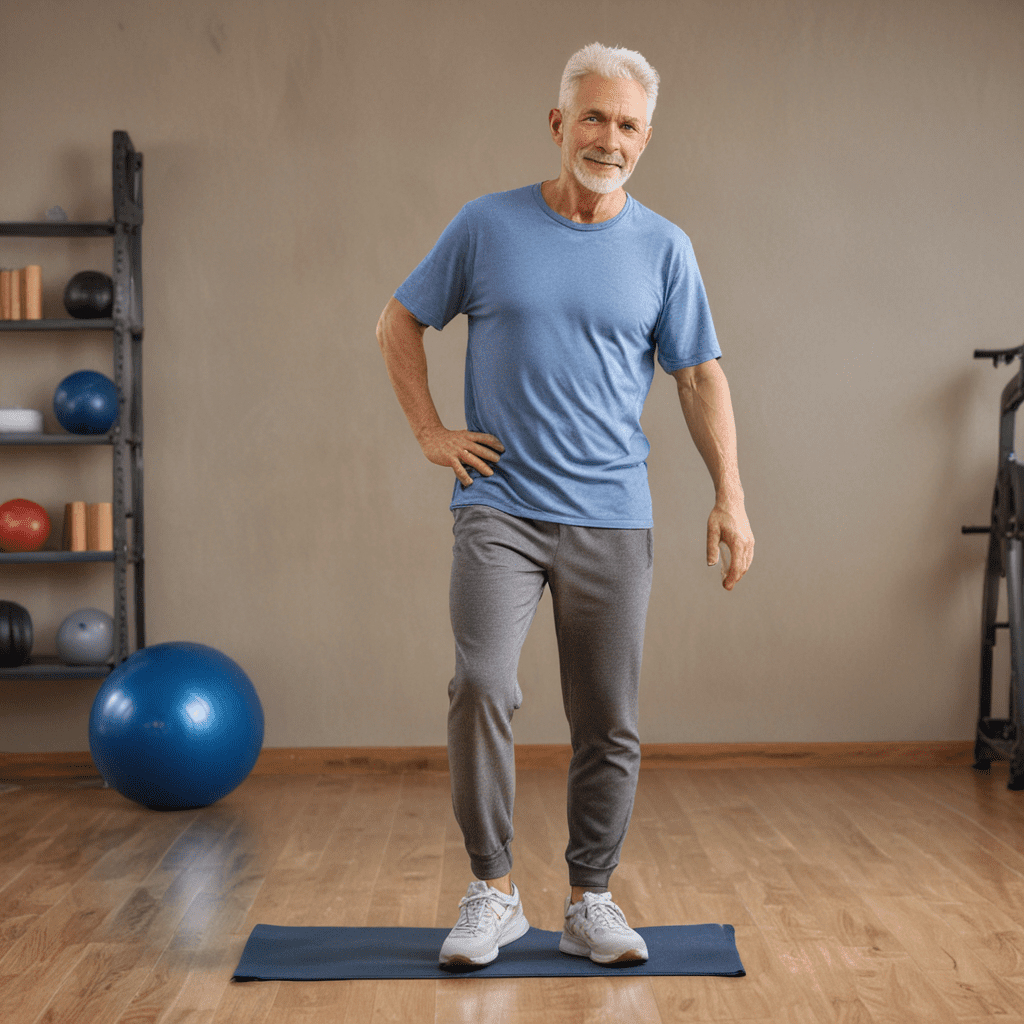Progressive Relaxation Techniques for Stress Management
Introduction
In today's fast-paced world, stress has become an ubiquitous challenge. Progressive relaxation techniques offer a powerful solution for managing stress and promoting overall well-being. These techniques involve systematically tensing and releasing different muscle groups to induce a state of deep relaxation, both physically and mentally.
Understanding Progressive Muscle Relaxation
Progressive muscle relaxation is a mind-body technique developed by Edmund Jacobson in the early 20th century. It is based on the principle that stress manifests itself in the physical body through muscle tension. By consciously alternating between tensing and releasing specific muscle groups, individuals can release pent-up tension and promote relaxation throughout the body.
Benefits of Progressive Relaxation
Regular practice of progressive muscle relaxation has been linked to numerous health benefits, including:
- Reduced stress and anxiety
- Improved sleep quality
- Decreased muscle tension
- Enhanced mood and overall well-being
- Reduced pain and tension headaches
- Improved concentration and cognitive function
6. Alternative Progressive Relaxation Techniques
In addition to traditional progressive muscle relaxation, several other variations offer alternative approaches to relaxation. These include:
- Body Scan Meditation: This technique involves consciously focusing on different parts of the body in succession, noticing any sensations or tension.
- Autogenic Training: This method utilizes self-suggestions and visualizations to promote relaxation and reduce stress.
- Yoga Nidra: This form of relaxation involves systematic guided meditation techniques to achieve a state of deep relaxation.
7. Advanced Progressive Relaxation Techniques
Once individuals have mastered the basics of progressive muscle relaxation, they can explore advanced techniques to enhance their relaxation experience:
- Visualization and Imagery: Incorporating mental imagery of calm and peaceful scenes can deepen relaxation and promote stress reduction.
- Breath Control: Combining progressive relaxation with focused breathing exercises can further enhance relaxation and reduce anxiety.
- Intention Setting: Setting a specific intention for relaxation before beginning the practice can increase its effectiveness.
8. Combining Progressive Relaxation with Other Mindfulness Practices
Progressive relaxation can be combined with other mindfulness practices to amplify its benefits. These practices include:
- Mindfulness Meditation: Integrating mindfulness techniques into progressive relaxation can cultivate greater self-awareness and reduce stress.
- Deep Breathing Exercises: Combining deep breathing exercises with progressive relaxation helps regulate the nervous system and promote relaxation.
- Guided Imagery: Using guided imagery in conjunction with progressive relaxation can facilitate deeper relaxation and visualization.
9. Tips for Effective Progressive Relaxation
To maximize the benefits of progressive muscle relaxation, consider these tips:
- Create a Relaxing Environment: Choose a quiet and comfortable place where you won't be disturbed.
- Set Realistic Expectations: Don't expect to feel completely relaxed immediately. Relaxation takes practice and consistency.
- Be Patient and Gentle: Tense and release the muscles gently. Avoid excessive force or straining.
- Focus on the Sensations: Pay attention to how your body feels as you tense and release the muscles.
- Don't Judge Yourself: It's normal to experience distractions or discomfort during the practice. Simply notice these feelings without judgment.
- Practice Regularly: Aim to practice progressive muscle relaxation for at least 15-20 minutes daily for optimal results.
10. Conclusion: Benefits of Progressive Relaxation for Stress Management
Progressive relaxation techniques provide a powerful and effective means of reducing stress, improving sleep quality, and promoting overall well-being. By systematically tensing and releasing different muscle groups, individuals can induce a state of deep relaxation both physically and mentally. Whether practiced independently or combined with other mindfulness practices, progressive relaxation offers numerous benefits for managing stress and enhancing quality of life.
FAQ
Q: How often should I practice progressive muscle relaxation?
A: Aim for at least 15-20 minutes of practice daily for optimal results.
Q: How long does it take to feel the benefits of progressive muscle relaxation?
A: With regular practice, you may notice reduced stress and improved relaxation within a few sessions.
Q: Are there any contraindications to practicing progressive muscle relaxation?
A: Seek medical advice before practicing progressive muscle relaxation if you have any underlying health conditions, such as severe heart disease or physical injuries.


